A photojournalist's journey through China-Pakistan Economic Corridor
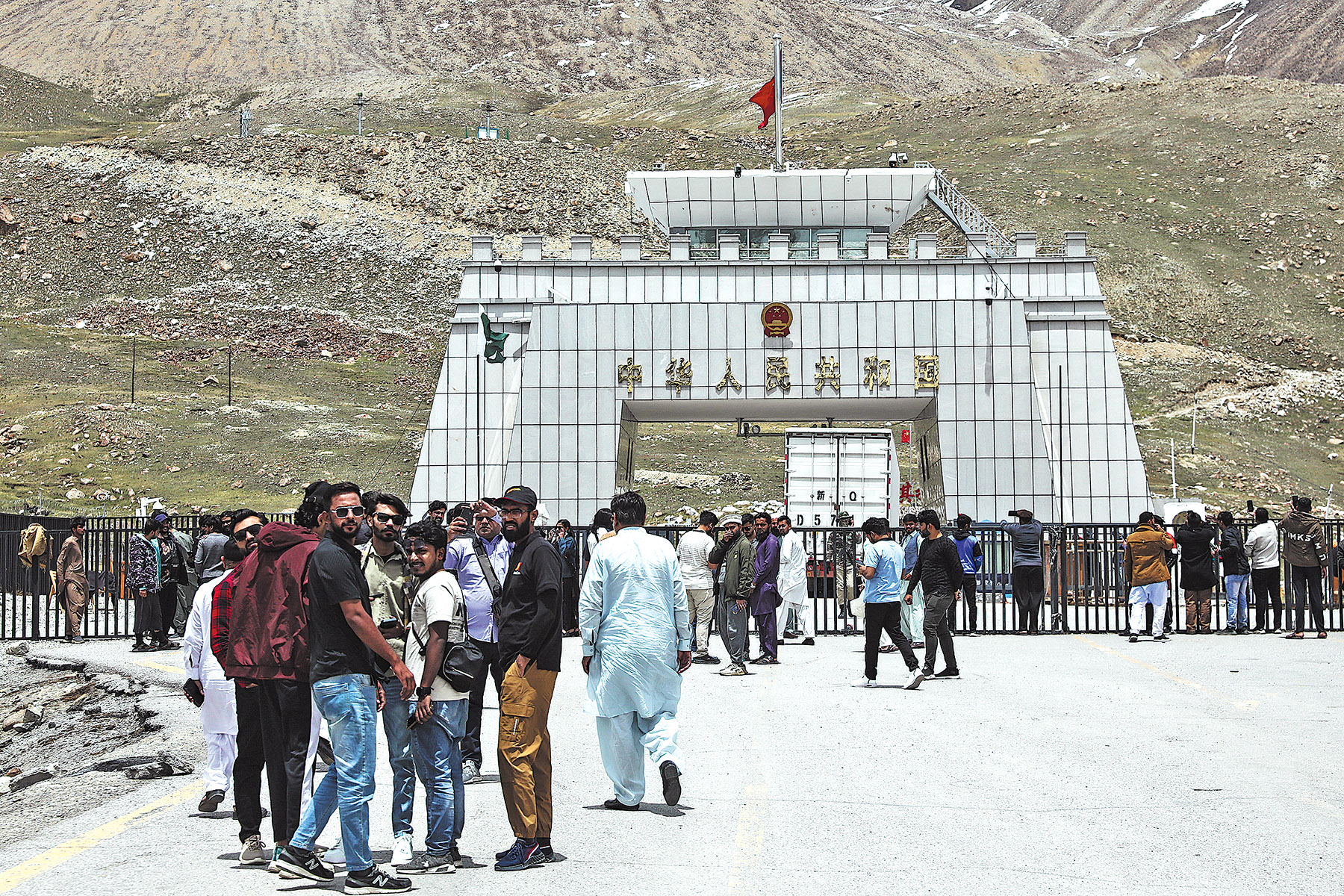
It was around 9 pm in mid-June when I found myself wandering through a border market in Tashikurgan Tajik autonomous county of the Xinjiang Uygur autonomous region.
Here, where the borders of China, Pakistan, Tajikistan and Afghanistan converge, snowcapped peaks of the Pamir Plateau loom in every direction. Though night was near, the sun still cast a golden light on the mountains, and the market buzzed with life.
The market hosted many Pakistani traders who sell gemstones, carpets and handcrafted jewelry to tourists drawn by Xinjiang's summer rush. Suddenly, music started at a nearby stall, and the Pakistani businessmen began to dance.
READ MORE: Experts commend CPEC expansion to Afghanistan
Chinese Tajiks, the local ethnic majority, joined in with the traditional eagle dance, mimicking the flight of falcons. I could not help but tap my foot to the rhythm, almost ready to join them.
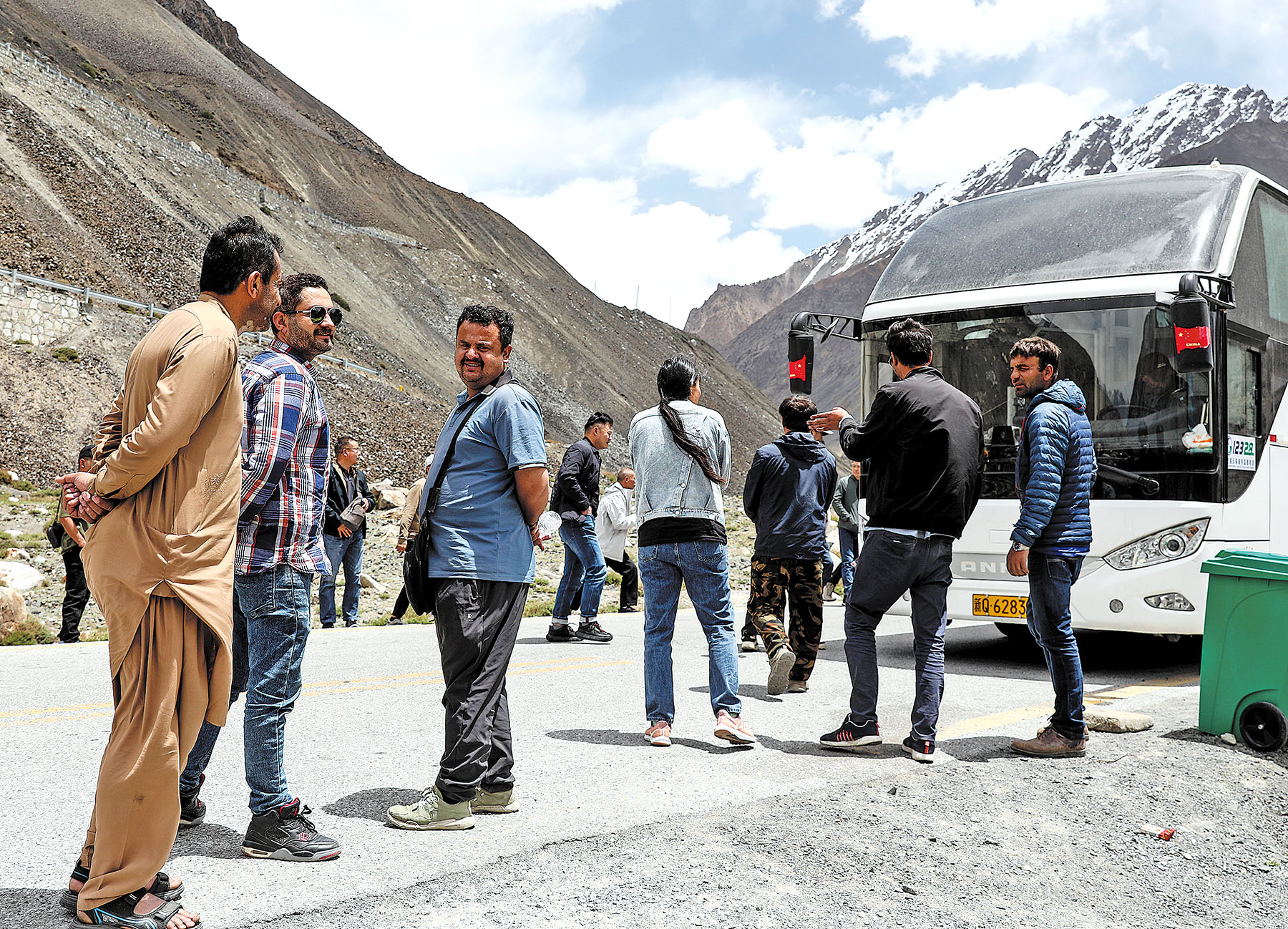
Then came a wave of breathlessness. I slowed down. I had just arrived here two hours ago, forgetting that the average altitude in Tashikurgan exceeds 4,000 meters. Not far from here stands K2, the world's second-highest mountain.
As I adjusted my breathing, I stopped by a stall run by Izhar Khamoosh, a Pakistani businessman. Noticing my discomfort, he offered me a handful of dried apricots.
"Chew them slowly," he said with a smile. "They help with altitude sickness." He then offered me a cup of chai (tea).
Like many others here, Khamoosh comes from the Gilgit-Baltistan region in northern Pakistan, bordering China — the very region I was heading to the next day. The village where he grew up lies near Sost, the first Pakistani town after crossing the border.

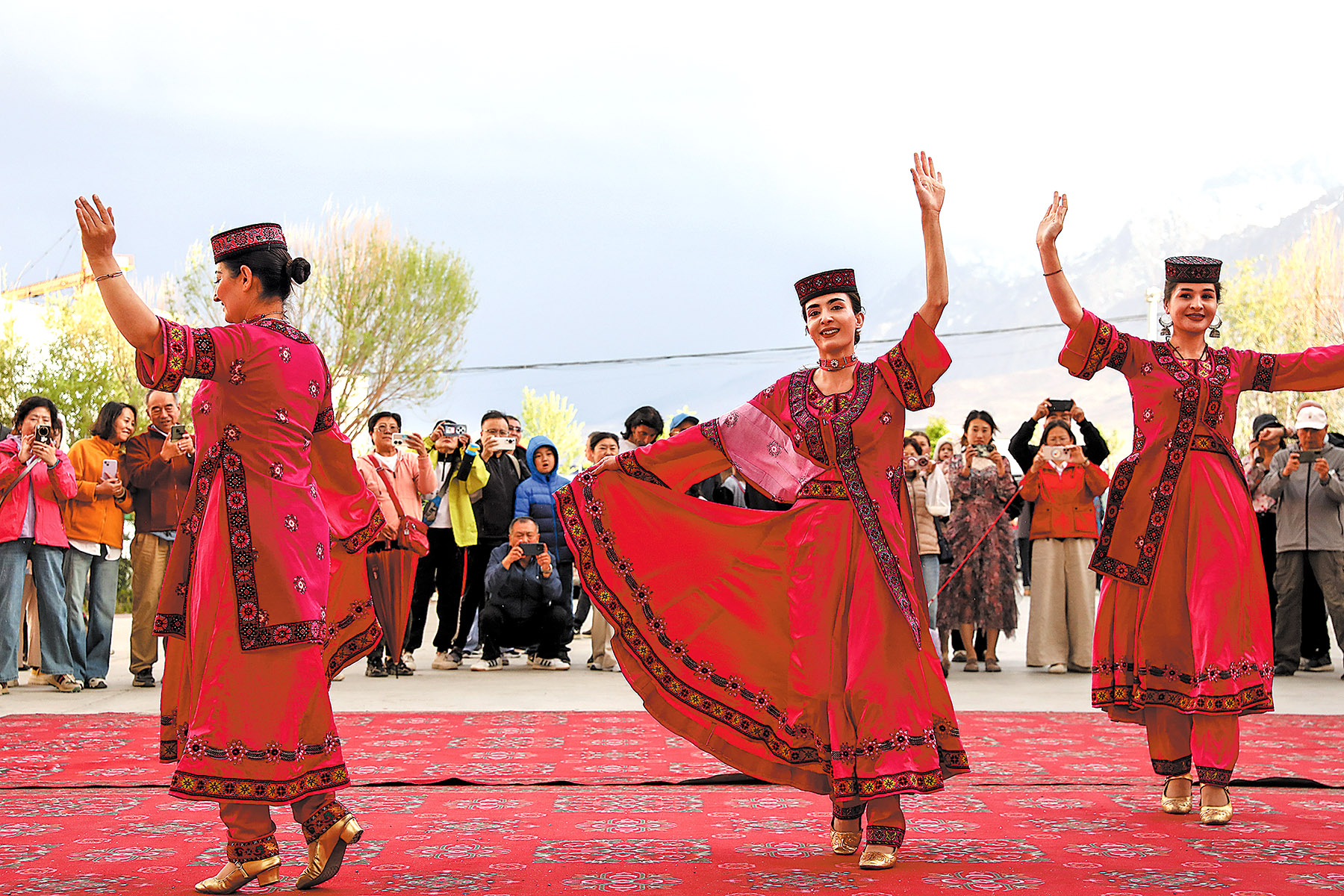
Beside trading goods, Khamoosh and his brother run a cross-border bus service and organize tours for Pakistani visitors entering China.
As an ethnic Tajik from Pakistan, Khamoosh could even hold simple conversations with Chinese Tajiksa subtle reminder of the cultural ties that stretch across the border region.
Karim Jon, another Pakistani trader I met that day, has been doing business in Tashikurgan for 28 years. When I mentioned my solo journey to northern Pakistan, he smiled and nodded.
"I've seen more Chinese travelers heading to Pakistan," he said. "They're open-minded and curious. I hope more will visit my homeland."
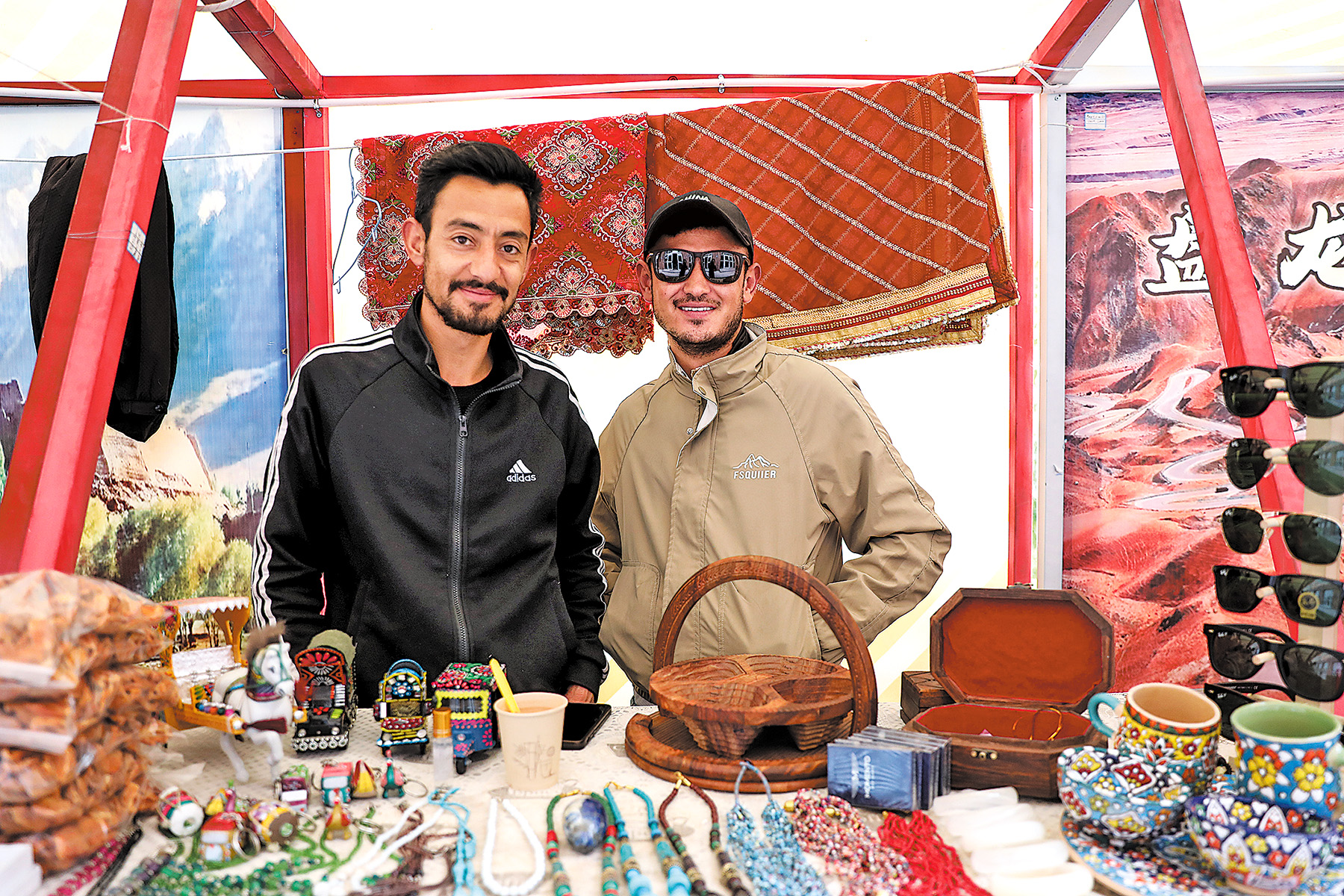
Highest border
The next morning, I boarded an international bus in Tashikurgan. The journey took us from the customs checkpoint up through winding roads, climbing ever higher.
One and a half hours later, the bus reached Khunjerab Pass — at 4,733 meters above sea level — the highest paved border crossing in the world, and the only land border between China and Pakistan.
From Dec 1, the border transitioned from a seasonal gateway to a year-round open land port, which marks a milestone in bilateral logistics once hampered by altitude and snow.
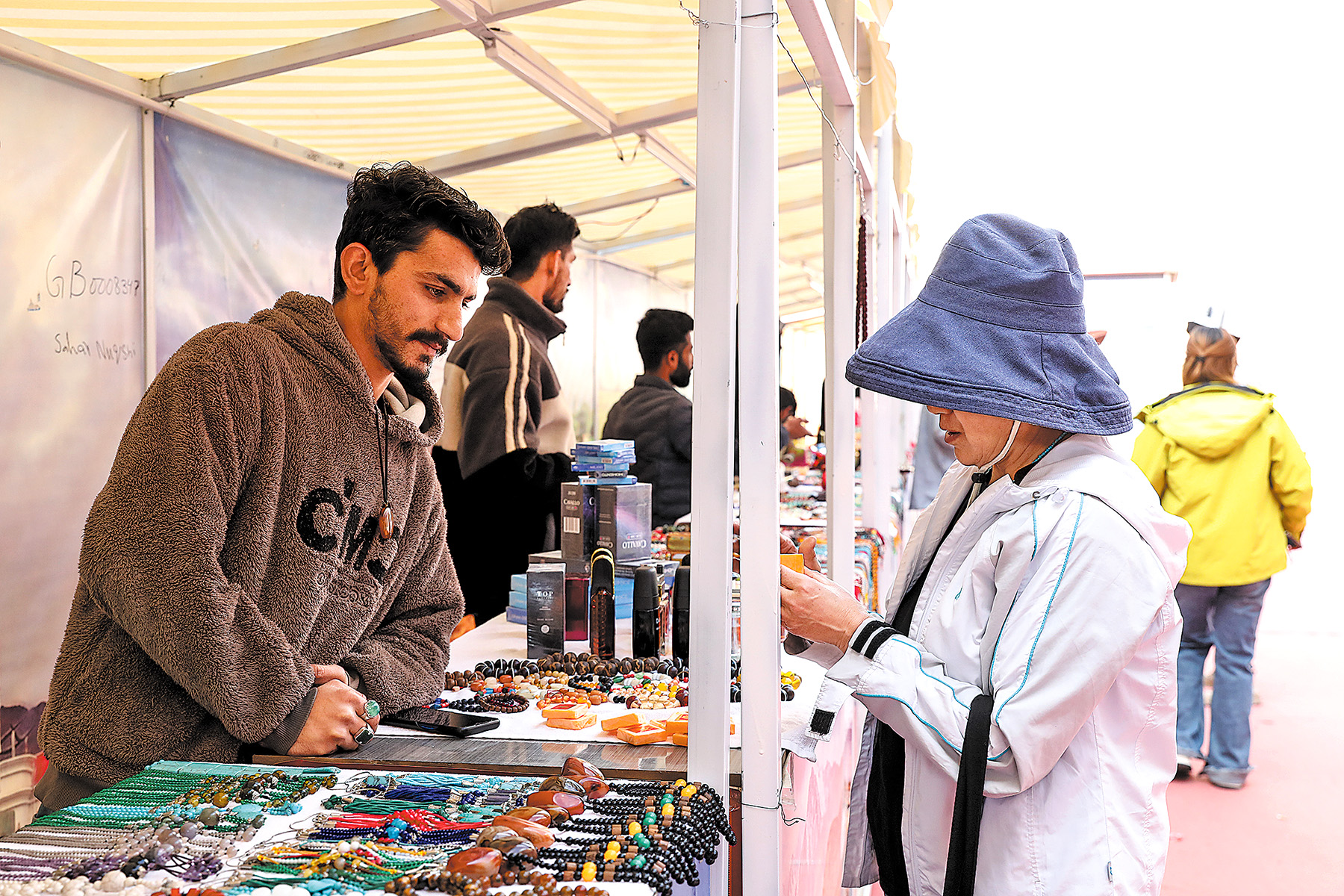
In the first four months of 2025, more than 24,000 metric tons of goods passed through, along with over 6,000 travelers, according to Xinhua News Agency.
The Karakorum Highway, where the bus is driving, was once a leg of the ancient Silk Road, with its foundations built by locals centuries ago.
However, it wasn't until 1978 — after nearly 20 years of construction by more than 24,000 Chinese and Pakistani workers — that it was officially inaugurated for vehicles, which brought trade, tourism and ease of travel to this remote part of the world.
Next to me on the bus sat Saif Ullah, a recent master's graduate from the Chinese Academy of Sciences. Ullah didn't stop filming the stunning glaciers outside the window. He was returning home to southern Pakistan for the first time by land.
About one and a half hours after crossing the pass, the bus reached the town of Sost.
Here, I encountered a team of 10 Chinese mining delegates accompanied by a Pakistani businessman whose Mandarin was impressively fluent, and together they were heading off to explore the region's investment prospects.

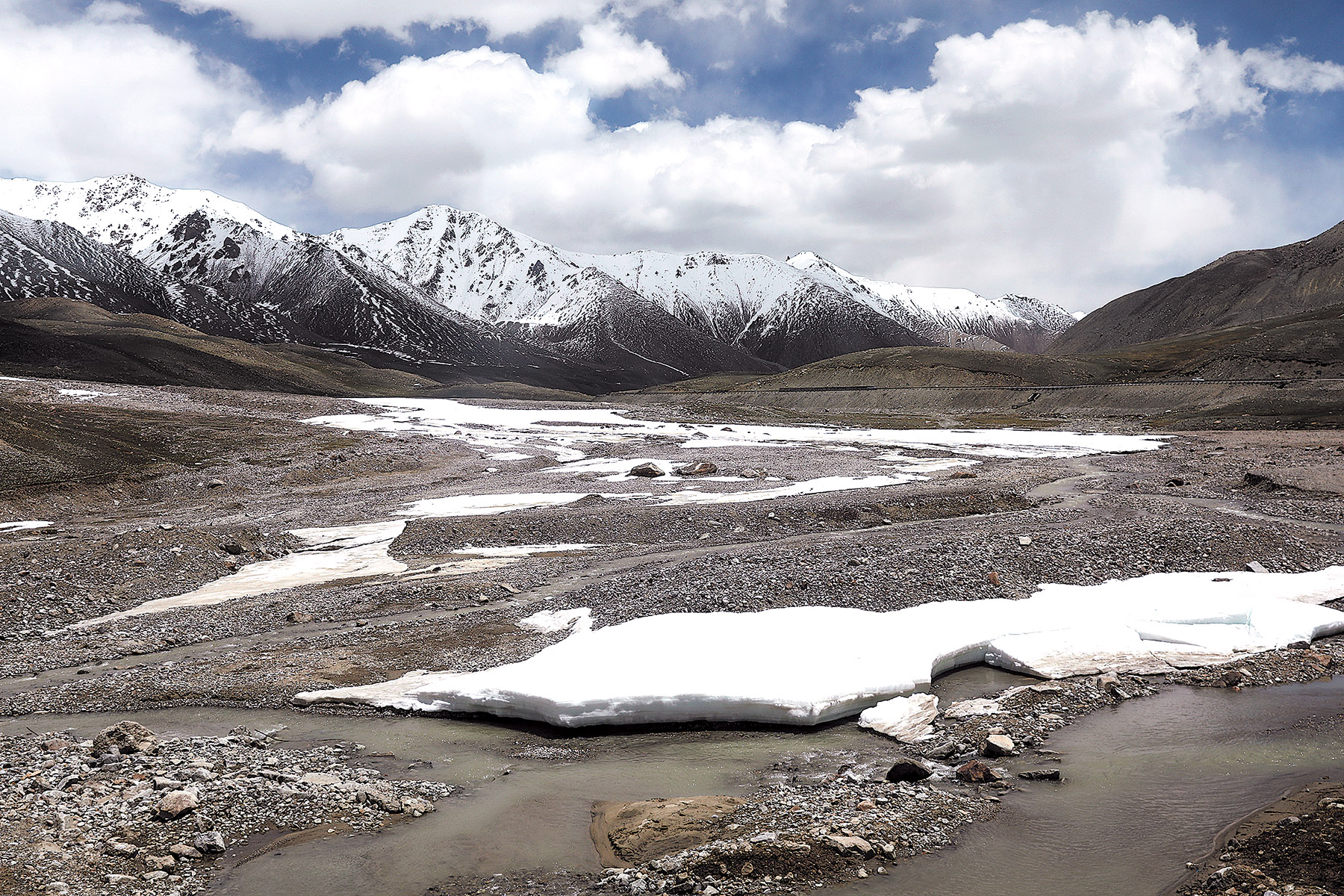
After parting ways with Ullah, who caught a van to Islamabad, I teamed up with a solo female Chinese traveler, and we shared a minibus ride to the next destination — Hunza valley, a mountainous region known for its stunning scenery, believed to be one of the inspirations for the mythical valley of Shangri-La in James Hilton's 1933 novel Lost Horizon.
There, I met Karim Johan, who was waiting to receive a Chinese tour group. He said to me in fluent mandarin, "You know, a Chinese girl came here in March, fell in love with it, and just opened a coffee shop last week." He laughed. "More Chinese tourists and businessmen will come — I'm sure of it."
On my last evening in Pakistan, I sat in the hotel's restaurant chatting with the manager whose English was broken, but warm.

His nephew, home for the Eid al-Adha holiday, had brought along two university friends — one from scorching southern Pakistan and the other from Kabul, Afghanistan. They invited me for dinner at a local spot.
The three students, full of laughters, spoke of their summer travel plans: crossing the Khunjerab Pass into Tashikurgan, then on to Kashgar, Urumqi, and finally Beijing.
ALSO READ: Pakistan’s first metro line gives people joy and ease in Lahore
That night, the stars shimmered above the stillness of the snowy peaks. My journey was coming to an end, but the snowcapped peaks and glaciers as far as the eye could see, the rhythm of rawap music on the road, those smiling faces along the way, and the unexpected kindness — stayed with me.
Contact the writer at wuxiaohui@chinadaily.com.cn


